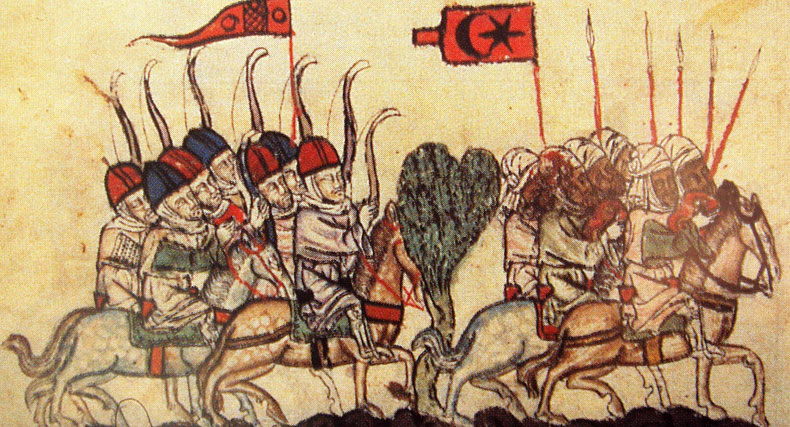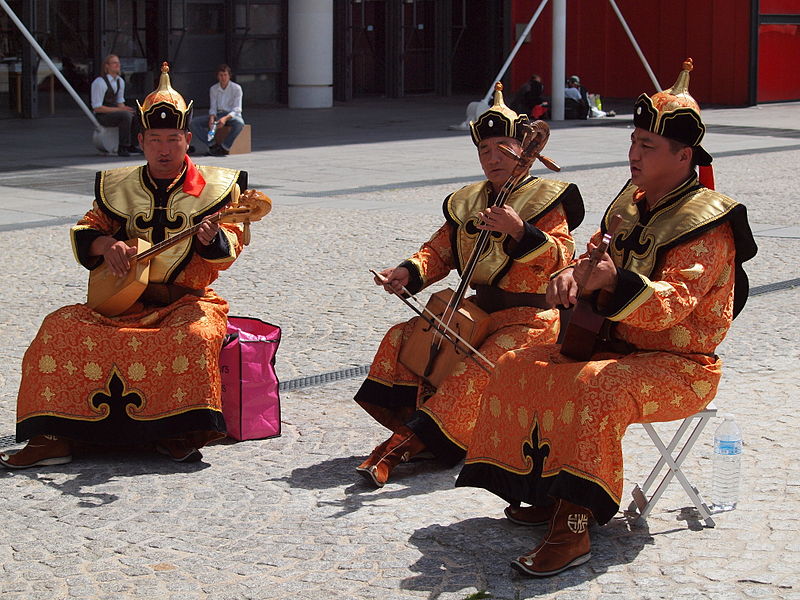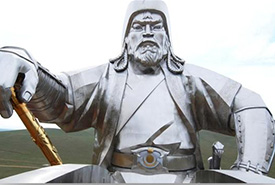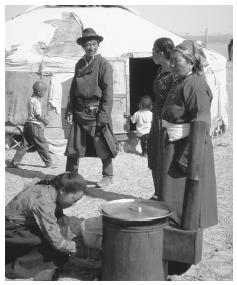It spans over 5000. Since the 20th century Russian and via Russia European culture have had a strong effect on Mongolia.
![]() History Language And Culture In Mongolia
History Language And Culture In Mongolia
Mongolian traditional food and beverage.

Mongolian history and culture. Mongolian culture has been heavily influenced by the Mongol nomadic way of life. All these gave Mongolians a chance to leave their mark on the history pages of the world. Mongolia is well known for its nomadic traditions.
Culture Art History. Traditional music songs. Mongolians have a unique culture and tradition evolved for thousands of years and a rich history.
Mongolian Culture has had many influences Nomadism accepted influence on the entire life of the shepherds and hunters on their traditions their virtues and vice which the Mongols have in common with the neighboring Turk peoples. Mongolia was under communist rule between 1921 and 1990 Rossabi 2005. Although most of the history was lost to us there are many that still survive to this day.
Other important influences are Shamanism and Tibetan Buddhism. Nomads follow a seasonal routine raising and breeding the five main types of stock goat sheep cattle including yaks camel and horse migrating from place to place following the most favorable pastures and campsites. During that time it expanded to cover most of.
The Mongol empire eventually collapsed and split up and from 1691 northern Mongolia was colonized by Qing Manchu China. At its peak the Mongol Empire covered the most contiguous territory in history. The Mongols has little inclination to ally with other nomadic peoples of northern Asia and until the end of the 12th century the Mongols were little more than a loose confederation of rival clans It was in the late 12th century that a 20-year-old Mongol named Temujin emerged and managed to unite.
Mongolian toys and games. The states only lawful political party during the communist regime was dubbed the Mongolian Peoples Revolutionary Party Rossabi 2005. Mongolias modern history is marked by communism the fall of communism and democracy.
Visual Art of Mongolia. Genghis Khan banded the Mongolian tribes together for the first time in 1206 and formed a unified state. The nomadic way of lifestyle is still practiced today in the rural areas of the country.
Mongolias history is extremely long. Mongolia Mongolian culture and Mongolian history have been shaped by the powerful dynamics of an extreme climate the Mongol peoples nomadic tribal heritage their ability to adapt and the vision of Genghis Khan. A united Mongolian state of nomadic tribes was formed in the early 13th century ce by Genghis Khan and his successors controlled a vast empire that included much of China Russia Central Asia and the Middle East.
The steppe empires and nomadic culture created by the ancient Mongols hold a unique place in world history and modern Mongols are very proud of this particular heritage. While not artists themselves in the traditional Mongolian culture once peace was established in the Empire all the Khans and sub-khans protected and patronized the arts. Other notable influences over the ages include the Chinese and since the 20th century Russian culture.
The major influences on Mongolian culture are the millennia-old nomadic way of life and the esoteric ritualistic Tibetan Buddhism which became the dominant religion in the 17th century edging out previous shamanistic beliefs. Mongolia is the grand archive of worlds history. Led at first by Genghis Khan the empire lasted from 1206 until 1368.
Nomadic peoples have also had an influence on Mongolian fine arts. Chinggis Khan the TalkingRhino of IndiaMongol Empires Organizational Innovations Mongolia Map. In fact the Mongol Empire gave rise to a flourishing of the fine arts benefiting the literature and decorative and fine arts of all the people they ruled.
 Mongol Empire Arts And Culture History
Mongol Empire Arts And Culture History
 The Mongols And World History Asa Cultural Tours
The Mongols And World History Asa Cultural Tours
:max_bytes(150000):strip_icc()/GettyImages-600053813-596bc1865f9b582c35761af6.jpg) Effects Of The Mongol Empire On Europe
Effects Of The Mongol Empire On Europe
 Mongolia Culture Art History And Traditions
Mongolia Culture Art History And Traditions
Mongols In World History Asia For Educators
 Culture Of Mongolia History People Clothing Traditions Women Beliefs Food Customs Family
Culture Of Mongolia History People Clothing Traditions Women Beliefs Food Customs Family
